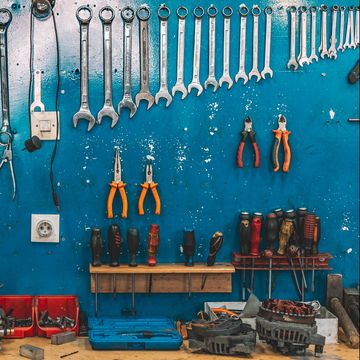Around 65 percent of the world drives on the right-hand side, while the remaining 35 percent drives on the left. Why isn't there a consensus? It has a lot to do with the British empire...and swords. I'm not joking.
As this Carfection video explains, the whole "notion of passing on the left" came from medieval times, when people used to carry swords on their left-hand side. Passing on the right would mean two swords would touch. So that's apparently how the Brits began sticking on the left-hand side, a tradition that carried through the adoption of cars and trains.
Now think of the most prominent countries that drive on the left-hand side today—Ireland, Australia, New Zealand, and India among them. What do they have in common? All British colonies.
But what about Japan? Of course, Japan was never part of the British Empire, but the English helped construct the railway network there, so left-hand traffic became the norm.
In the US and France, right-hand traffic became standard practice in the 1700s as carts drawn by four horses started to be used more commonly. In a four-horse pack, it made sense for the rider to ride on the rear-left horse to make it easier to use a whip, and because mounting a horse on the right-hand side is more difficult. French peasants also liked to travel on the right-hand side, and during the Revolution, the bourgeoisie began doing the same so as not to literally stand out from the crowd.
But this is just a handful of countries. Carfection explores a handful of specific cases and it makes for a fascinating watch.
A car enthusiast since childhood, Chris Perkins served as Road & Track's engineering nerd and Porsche apologist.













